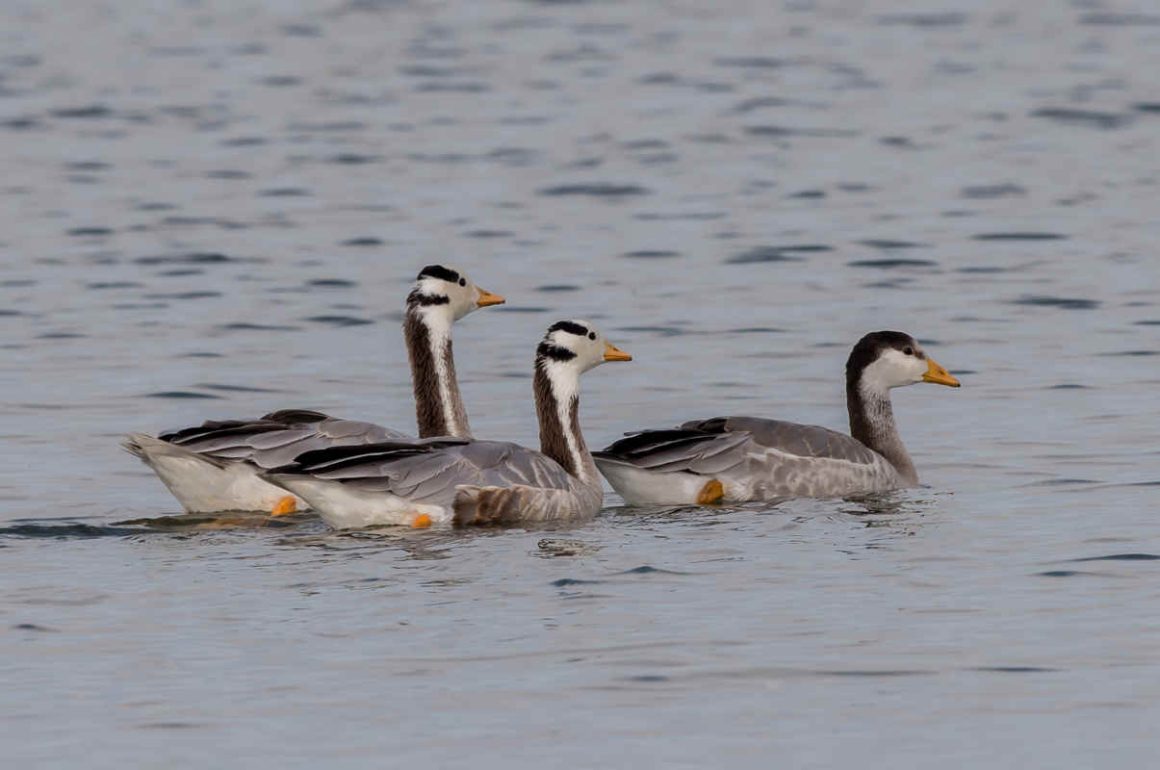
To quote Vicky Pollard: “No, but yeah, but no, but yeah, but no, but yeah”.
To be a bit more specific: It is partly true, but it is more about wear resistance in general than about altitude.
First, some background for those who did not pose the question: Many long-distance migrants, including high-altitude migrants, have black wingtips.
But this is a general adaptation to improve the wear resistance of feathers. Melanin is a black pigment that is known to make feathers tough and more resistant to wear and tear (source).
Some bird activities and lifestyles require particularly wear-resistant feathers:
- Long-distance migration
- Frequent soaring
- Intensive use of the outer primary feathers during flapping
- Use of tail feathers to prop the birds up (e.g., in woodpeckers)
This does not specifically include high-altitude migration, but of course, most, if not all, high-altitude migrants are also long-distance migrants, or one of the other points listed above applies to them.
Photo: Bar-tailed Goose, Qinghai Lake, August 2021






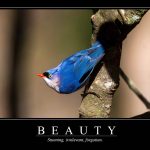
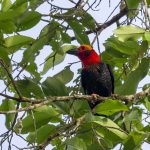
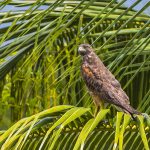

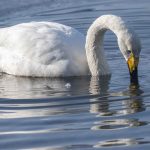
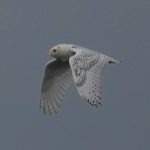
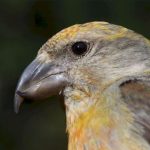
“Melanin makes feathers tough and more resistant to wear and tear.” This is so interesting. I have never given an ounce of thought to the presence of melanin in bird feathers. But it makes perfect sense. Melanin is produced by cells called melanocytes which, obviously, is a feature of human skin (hair and eyes, too). Darker skin wears much better than does white skin; hence white-skinned people show aging characteristics earlier and more prominently. There are always exceptions but, on the whole, a little, or a lot, of melanin goes a long way to protect our skin.